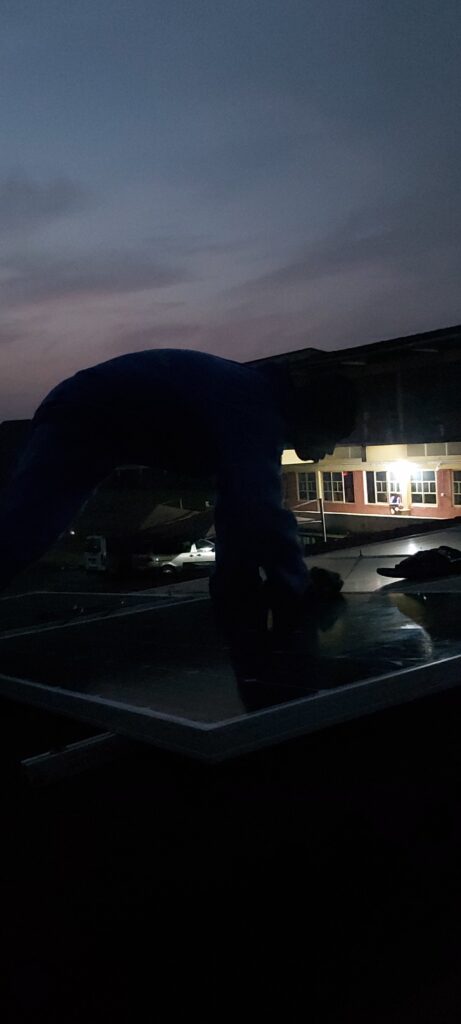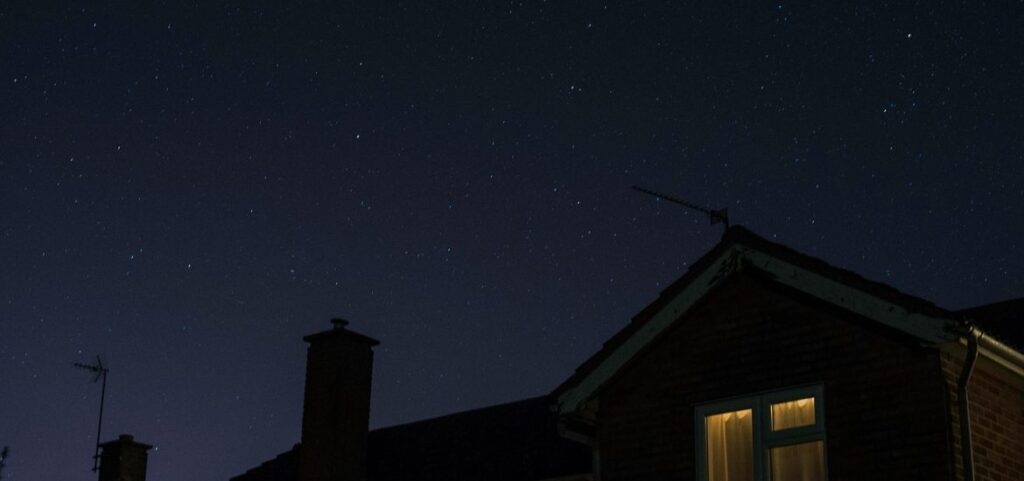Solar Panels are known to generate electricity from sunlight, which makes it logical that they work accurately during the sunny times of the day.
A new discovery has shown that even Solar panels can work and be effective at night time, according to a paper published by Jeremy Munday, a professor at the Department of Electrical and Computer Engineering at UC Davis, and a colleague.
The researchers have designed a new solar cell that can generate up to 50 watts of power per square meter at night under certain conditions. That is about a quarter of a normal solar panel’s output during the day.

The new panel works the way a normal solar cell does except in reverse. Unlike a photovoltaic cell, a so-called thermoradiative cell generates power by radiating heat to its surroundings and when pointed at the night sky it emits infrared light because it is warmer than outer space.
The new device, dubbed an anti-solar cell, harvests this radiation to convert it into electricity the same way a conventional solar cell absorbs solar radiation.
“We were thinking, what if we took one of these devices and put it in a warm area and pointed it at the sky,” Munday explains. “A regular solar cell generates power by absorbing sunlight, which causes a voltage to appear across the device and for current to flow. In these new devices, light is instead emitted and the current and voltage go in the opposite direction, but you still generate power,” the scientist elucidates.
“You have to use different materials, but the physics is the same,” he adds.
Better yet, the new device can work by day as well if it is shielded from direct sunlight or pointed away from the sun. In other words, unlike conventional solar panels, it can work around the clock, which would overcome a serious limitation inherent in the current generation of photovoltaic cells.
“Because this new type of solar cell could potentially operate around the clock, it is an intriguing option to balance the power grid over the day-night cycle,” the university says.


